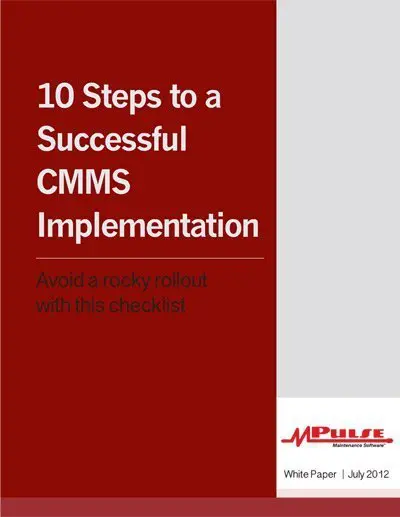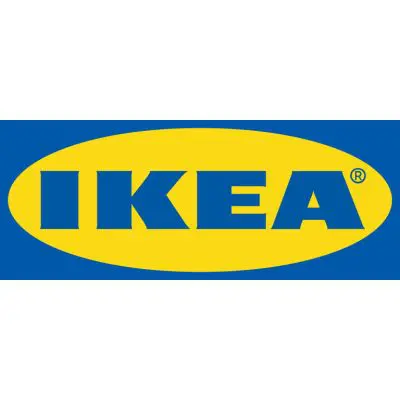1. Calculate the value. Exactly how will a computerized maintenance management system benefit your business? Strive to answer this question in terms of measurable ROI (return on investment). What will really improve your bottom line is how your CMMS helps your employees use maintenance data more effectively.
2. Work closely with key departments. Good planning is critical to your success. Include members of the production, planning, purchasing, operations, and IT departments on your CMMS planning team, because these departments are most affected by a new solution. Let them tell you which business processes need improvement. Then hammer out agreeable objectives mapped to new business processes. It’s often a good strategy to place some easy ones on top of the list, so you can celebrate some victories early on.
3. Budget realistically. Be a bit pessimistic when it comes to the budget, to avoid the painful process of increasing cost estimates. CMMS customization, and integration with existing software, present two big expenses. Implementation and ongoing maintenance have real costs as well. Make sure you factor in all of these expenses during the early stages of your CMMS deployment.
4. Organize maintenance data. The underlying maintenance data is the backbone of a computerized maintenance management system. Most companies store duplicate and outdated data in multiple locations. Putting this data in a unified database, scrubbing it, and making it available to the entire organization before implementation will make for a smooth rollout. If necessary, get help from vendors who offer data-cleansing services.
5. Lead the project from the top down. Experts agree that the number one reason CMMS implementations don’t work is that senior executives fail to lead. After all, if managers don’t work hard to ensure CMMS success, why should employees? It’s not just about signing paperwork and attending meetings. Executives must adopt the CMMS as a corporate-level initiative, dedicate significant time and energy, motivate stakeholders, and keep everyone on track.
6. Find a reliable vendor and select functionality conservatively. Shop for a financially secure vendor with proven ability to expand the solution as your company grows. Beware of providers that rely heavily on partners for key functionality. When considering industry-specific software, make sure to find out if it really delivers on its promise. Talk to other corporate users in your field. Try out the software. Choose enough functionality to meet your business needs without sending your IT department on endless quests for the Holy Grail.
7. Implement gradually. Change is never easy. In the case of a computerized maintenance management system, employees especially may fear the accountability involved in posting data that exposes true performance. Start your CMMS initiative in a single department that stands to benefit the most in the short term; then follow with a zealous, company-wide CMMS proponent. When others witness the initial success of the first department, bringing everyone on board will be much easier.
8. Market CMMS to employees and deliver ongoing training. It may sound obvious, but it’s important to remember that employees have to use the solution in order for it to work. Clearly communicate how it will help them succeed, and start CMMS training early on. This way, you’ll chip away faster at the 18 to 24 months it typically takes employees to adopt new business processes.
9. Actively manage the implementation. Technical difficulties, management turnover, employee resistance, and adjustments in company direction are predictable. Managers need to stay on their toes and quickly address changes to maintain momentum.
10. Develop a culture of continuous improvement. CMMS solutions should be adjusted to deliver a sharper competitive edge as a company and its business evolve. Be sure to keep employees in the communication loop, so they can help supply the information needed to continuously improve how the system leverages asset and maintenance history data.
Not all companies will achieve CMMS success because many fail to take into account the items listed above. For the ones who do succeed, however, the rewards are great. Stick to these steps, and you will rig the game in your favor.








